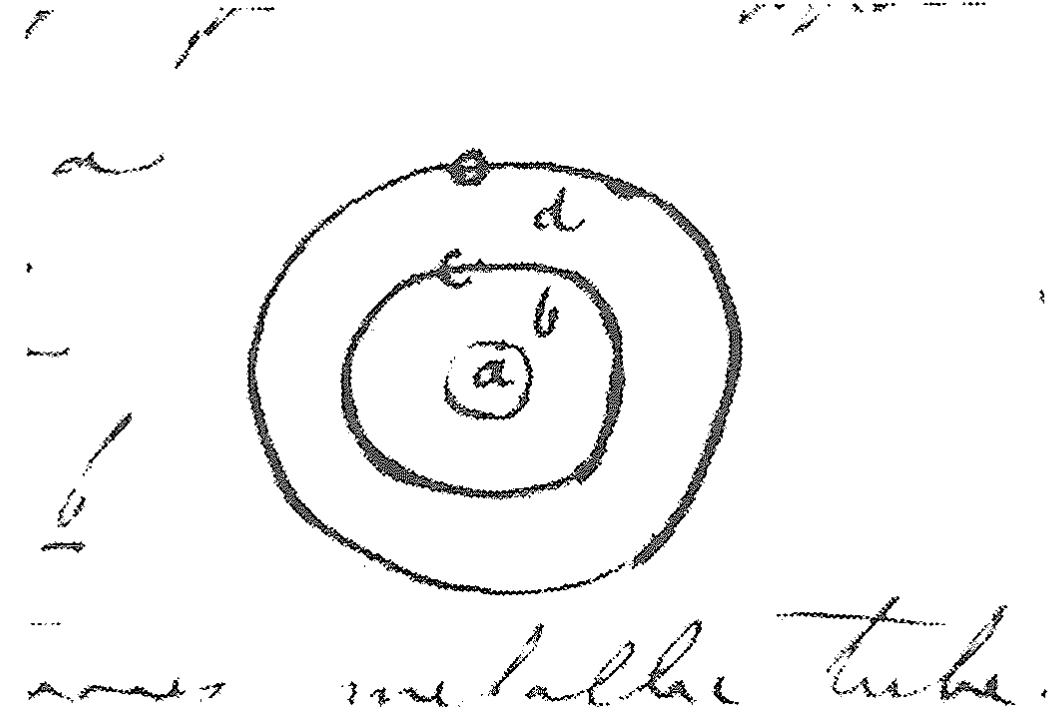Faraday to Charles Vincent Walker 3 April 18581
[Royal Institution embossed letterhead] | Brighton | 3 April 1858.
My dear Sir
I have an impression that the specific inductive capacity of Gutta Percha is nearly 2 but I cannot remember the exact experiments:- as to Trinidad bitumen I cannot say any thing.
When an electric current is sent into a submerged insulated wire the effect may for the moment be considered as two fold. one part dynamic dependant on the current;- the other static, dependant on the momentary charge of the wire: Both may be resolved into one law of action acting along & across the wire, but with infinite degrees of difference in the two directions; the difference being as great as that of insulation & conduction. Your question refers to the static part i.e the induction of the wire through the gutta percha towards the iron coating or towards the water outside. Now the true principles of static induction (as I have understood them & endeavoured to promulgate them for many years past) offer no advantage from the expedient you propose. Suppose the diagram to represent a

section of a telegraph cable a being the central wire,- b gutta percha,- c a continuous metallic tube- d gutta percha,- and o either the outer iron wire or the water. On sending a positive current through a it, for the moment, induces laterally across b c & d the action terminating at o where it raises up the negative state. If you attempt to charge c positive at the same time with a the charge given to c will induce outwards towards o not inwards towards a - indeed pos a will induce a negative state on the inside of c & a positive state on its outside; which, with that given to it purposely, will act with increased force towards o rendering its inside equivalently negative.- As regards pure static action you will see these principles stated in the last paper I sent you2; and I should expect as concerning static action, that a would be in a better state with c away i.e. replaced by gutta percha.
Then there come the dynamic inductions[.] If a momentary current be sent through either a or c it tends to send a reverse currents through the other; and therefore if like short currents were sent though a & c at once, they would affect each other.- You may think it worth while making experiments of this kind. Only I may observe, that, as the two states must be kept up throughout the whole length of the cable there seems no reason theoretically, why a & c should not coalesce that is be made into one central wire & all the electric current thrown into it.
I am My dear Sir | Very Truly Yours | M. Faraday
C.V. Walker Esqr | &c &c &c
Bibliography
FARADAY, Michael (1858b): “Remarks on Static Induction”, Proc. Roy. Inst., 2: 470-5.
Please cite as “Faraday3412,” in Ɛpsilon: The Michael Faraday Collection accessed on 27 April 2024, https://epsilon.ac.uk/view/faraday/letters/Faraday3412